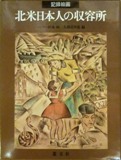Henry SUGIMOTO |
Sugimoto was born 1900 in Wakayama Prefecture. He left Japan at the age of 19 to live with his parents who were based in the United States. Determined to become an artist, Sugimoto enrolled at Oakland University of the Arts in California, where he also graduated in 1929 from the Department of Oil Painting. While continuing studies in Paris, Sugimoto was selected for the Salon d’Automne in 1931, and in the following year met Leonard Foujita, with whom he forged a lasting friendship. In 1932, Sugimoto returned to Japan. Five years later in 1937, he joined the Nika Art Association, and in 1939 won the gold award at the San Francisco World’s Fair. However, after the outbreak of the war between Japan |
and the US in 1941, under the US policy of interment of persons of Japanese ancestry, Sugimoto was held at Pinedale Assembly Center in California, and later at Jerome War Relocation Center and Rohwer Center (both Arkansas). He was released in 1945. After the war, the paintings Sugimoto created while in internment became to be considered important documents about the detention policy of the US government. Sugimoto continued to work as an artist, and joined Nika Art Association as an official member in 1964. He received the Order of the Rising Sun, Silver Rays, in 1981, and passed away in New York in 1990, aged 90. He was named a “Person of Extraordinary Merit” of the city of Wakayama posthumously in 2007. |
| ------------------------------------------------------------------------------------ | ||||
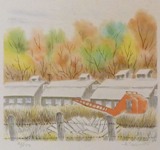 "Original Lithograph 1" 1981 Ed. 150 Signed and numbered |
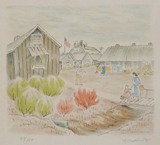 "Original Lithograph 2" 1981 Ed. 150 Signed and numbered |
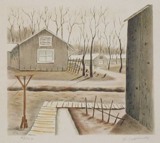 "Original Lithograph 3" 1981 Ed. 150 Signed and numbered |
||
| ------------------------------------------------------------------------------------ | ||||
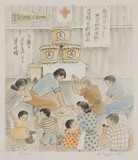 "Original Lithograph 4" 1981 Ed. 150 Signed and numbered |
||||
|
|
||||
Inquiry form |

